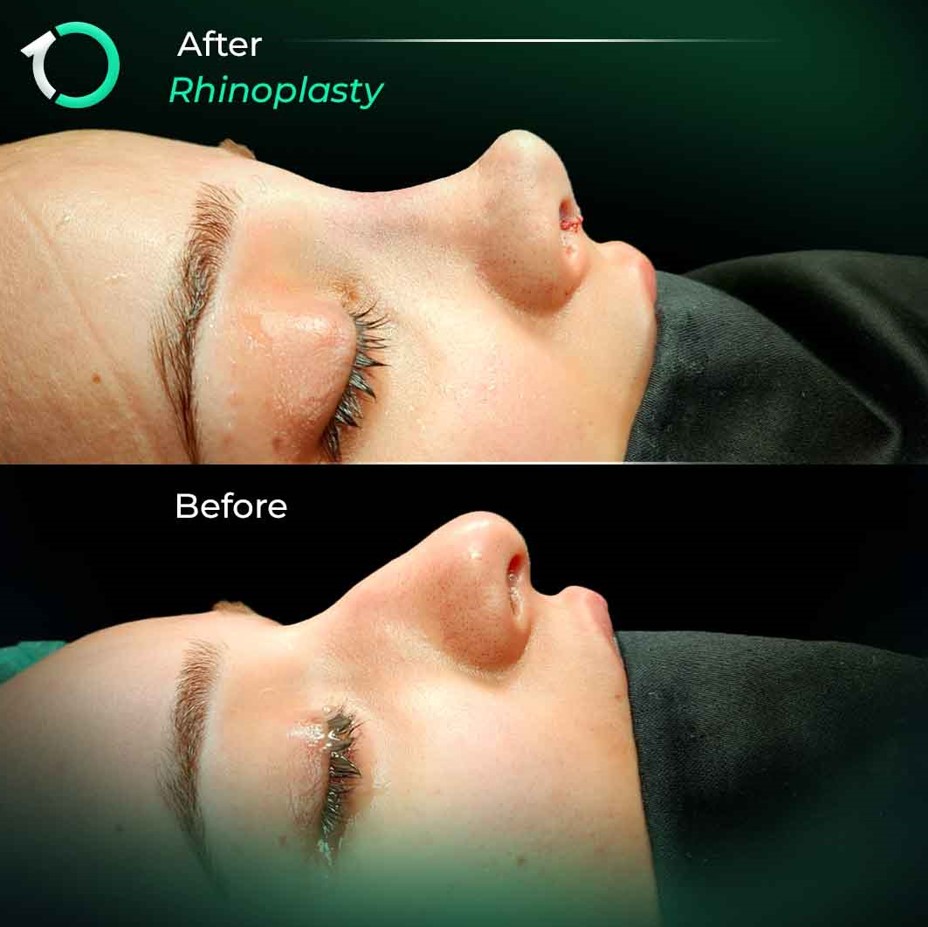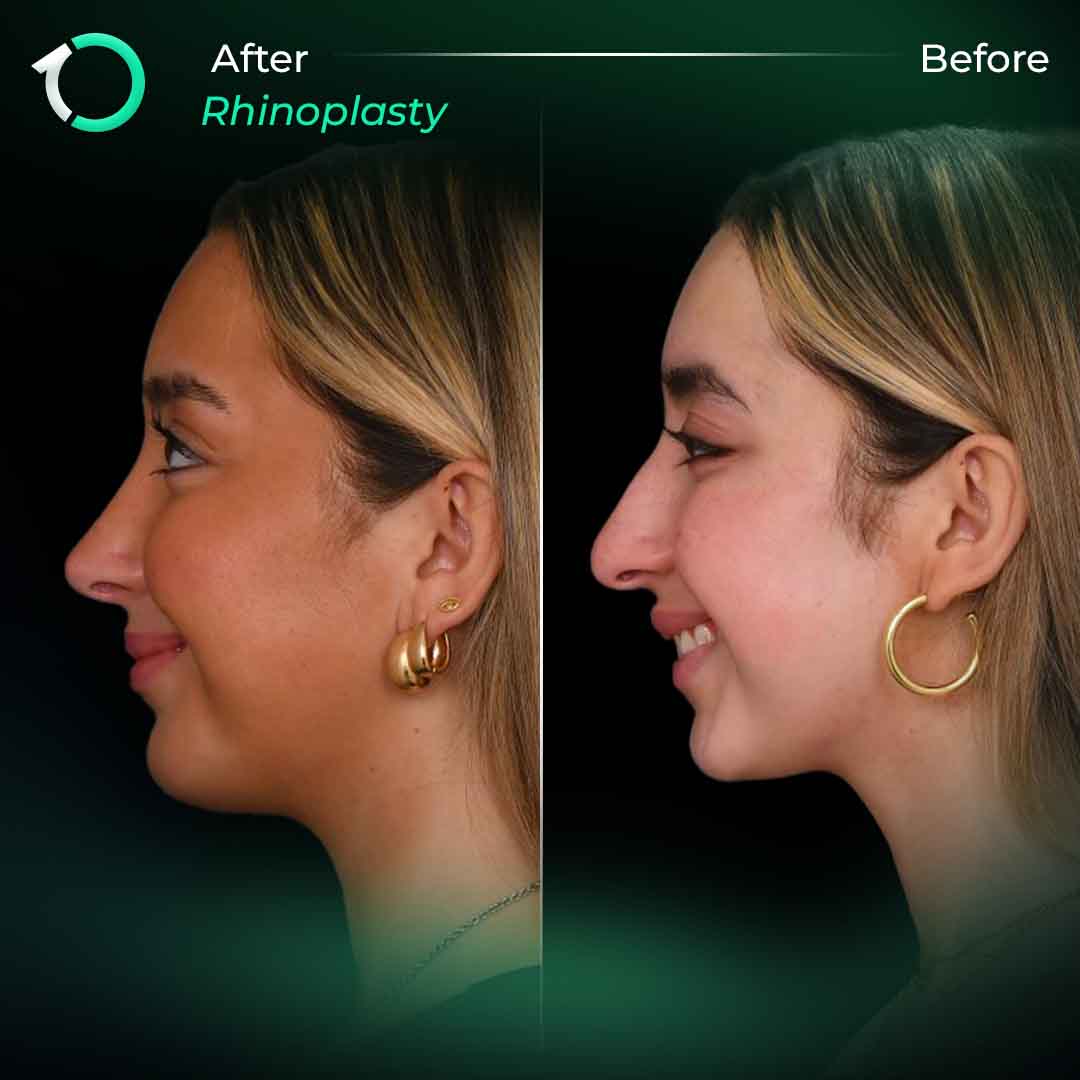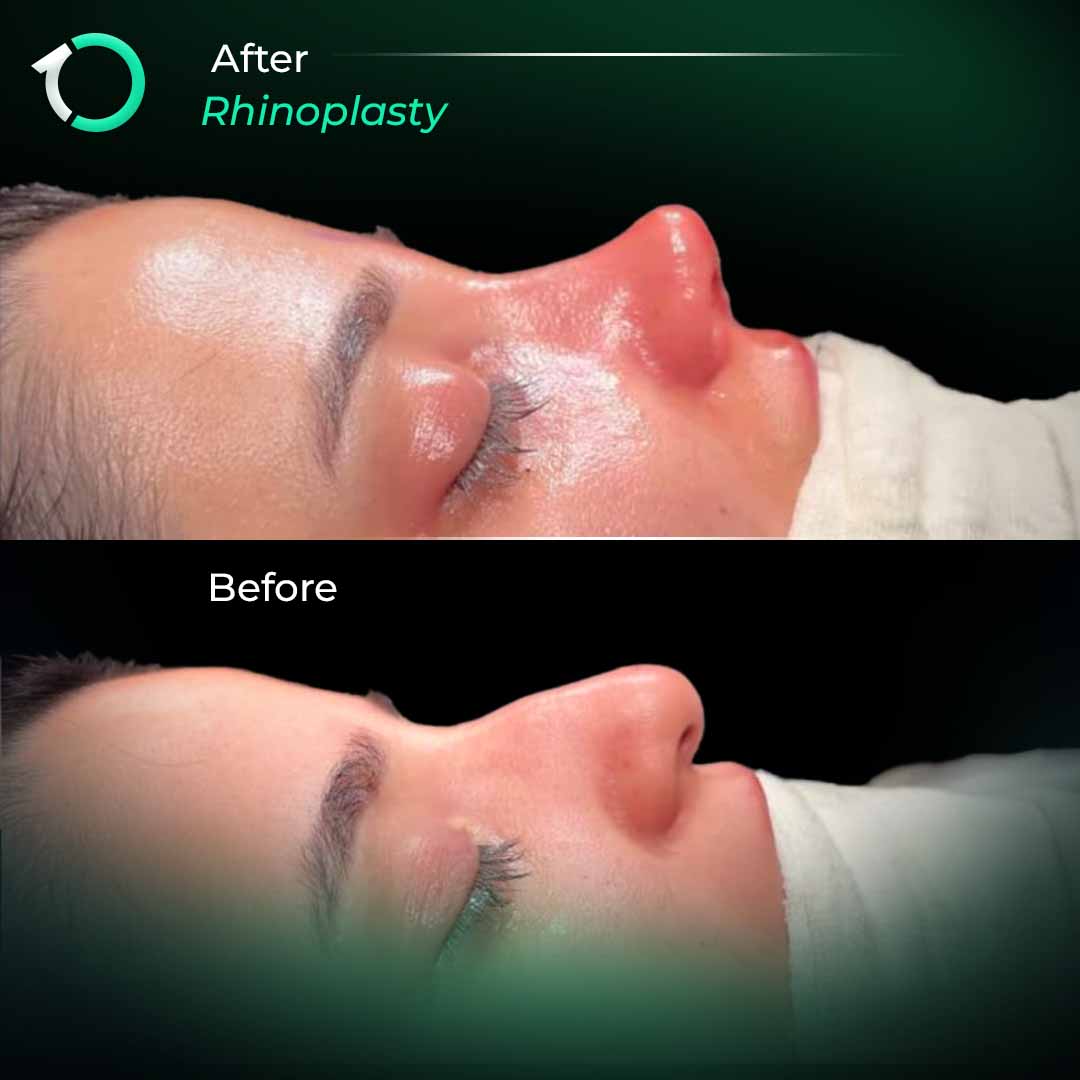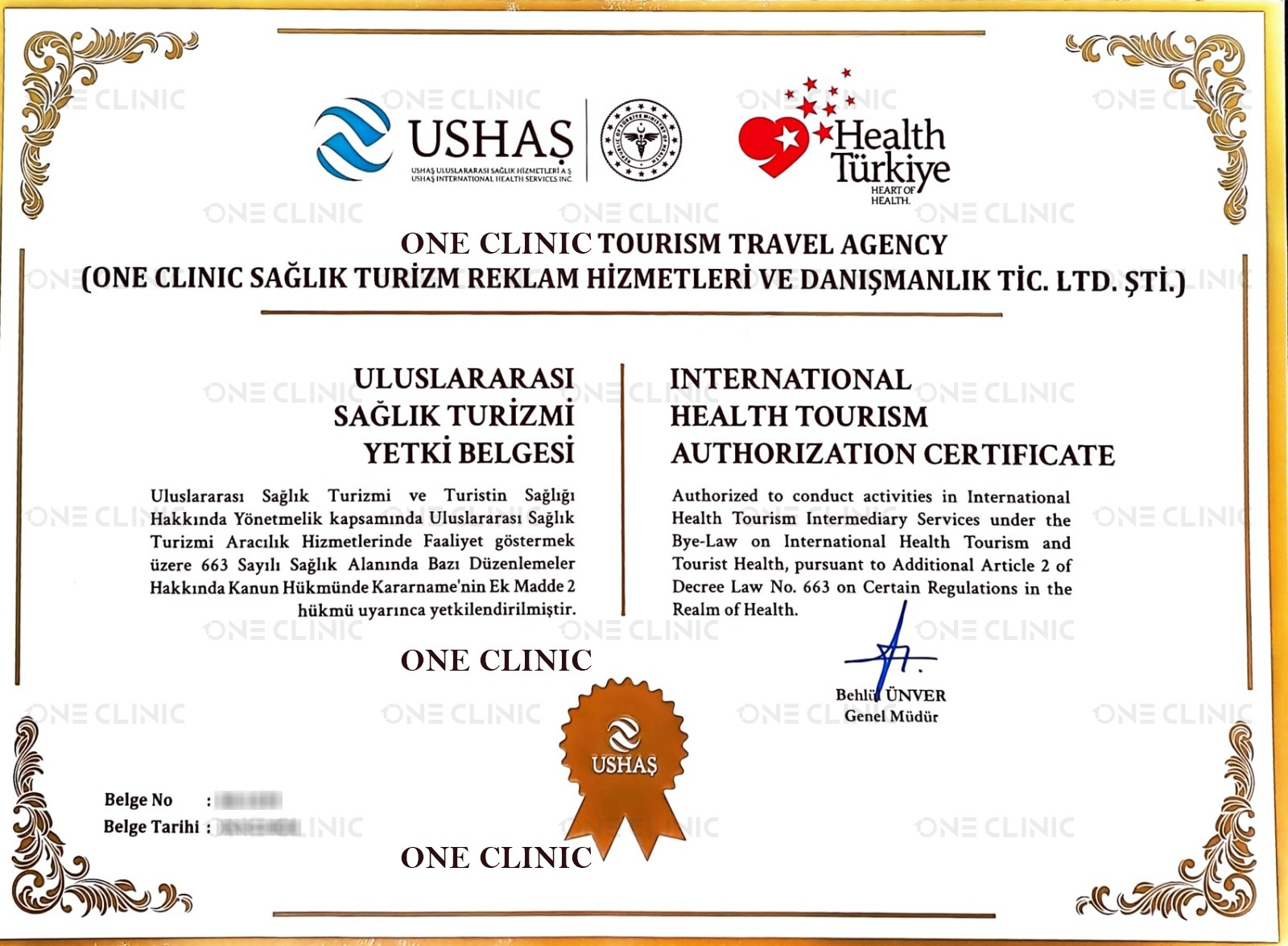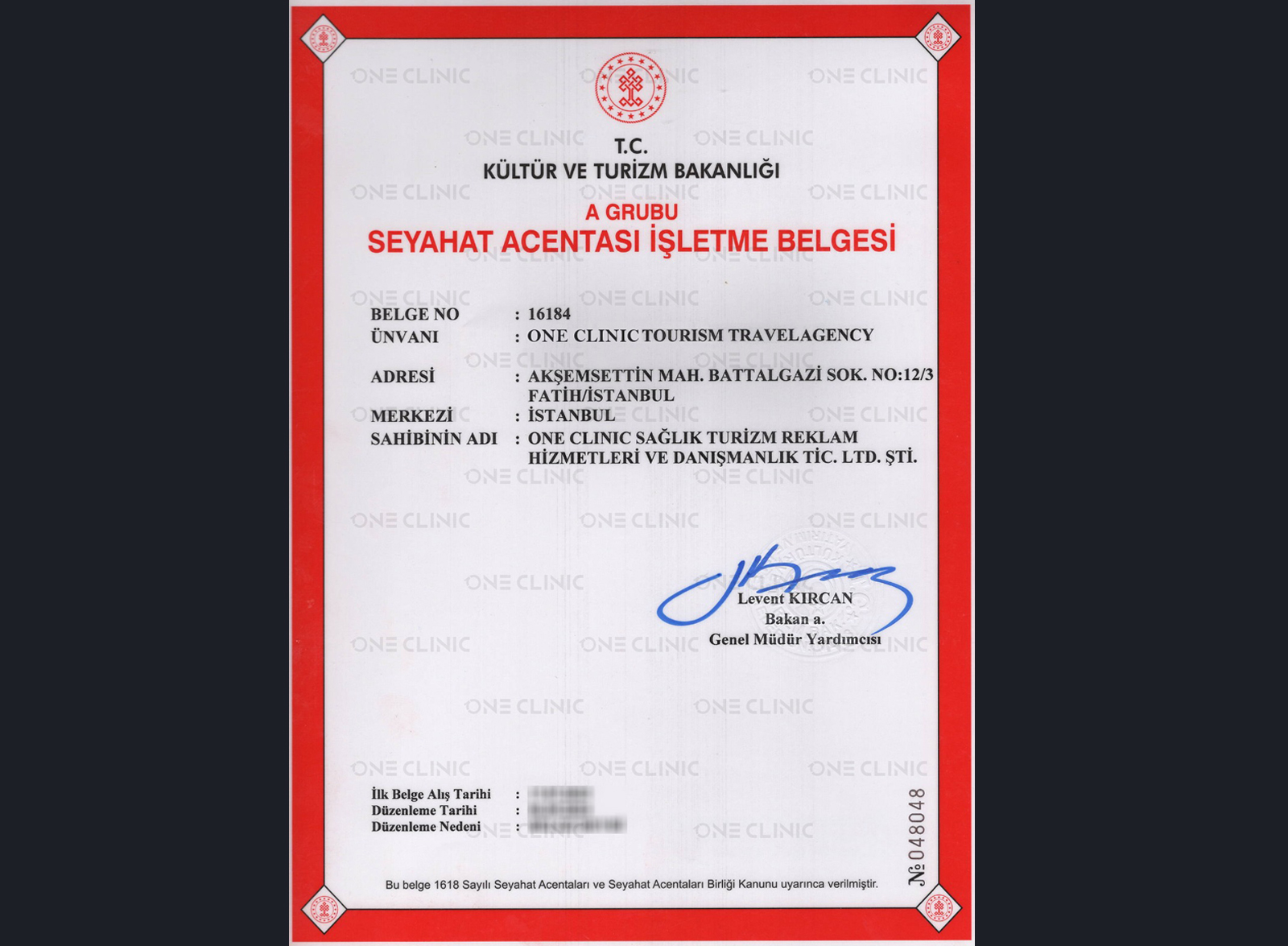Sapphire FUE
Sapphire FUE at ONE CLINIC
Number of operations
Customer Satisfaction
Number of Successful Procedures
Video Sapphire FUE
What Is the Sapphire FUE Technique?
The Sapphire FUE technique is a refined version of the traditional FUE hair transplantation method. During this procedure, individual hair follicles are extracted from the donor area (typically the back of the head) and transplanted to areas experiencing hair loss. The key difference lies in the use of sapphire blades rather than traditional steel blades to create the tiny channels where the hair grafts are placed. The sapphire blades used in the procedure allow for more precise, smoother incisions, which leads to better graft placement and faster healing. This advanced technique is ideal for patients looking for natural, dense hair growth with minimal scarring or discomfort.
Benefits of Sapphire FUE Hair Transplantation at ONE CLINIC
- Precise and Accurate Incisions: The sapphire-tipped blades allow for ultra-precise incisions, creating smaller, more refined channels for the transplanted hair follicles. This results in better alignment and density of the hair, ensuring a natural-looking hairline and uniform growth.
- Faster Recovery: With Sapphire FUE, the smaller, more precise incisions heal more quickly compared to traditional steel blades. This means less scarring, less post-operative discomfort, and a faster return to your normal routine.
- Higher Graft Survival Rate: The precise nature of the sapphire blades ensures that each hair follicle is transplanted into an ideal environment for survival. This leads to a higher graft survival rate and better long-term results.
- Natural Results with Minimal Scarring: The Sapphire FUE technique produces minimal scarring due to the smaller incisions, making it a great option for patients who prefer to wear their hair short. The results are natural-looking, with hair that grows in the same direction as your natural hair, blending seamlessly.
- Minimally Invasive and Comfortable: Sapphire FUE is a minimally invasive procedure, performed under local anesthesia, ensuring patient comfort throughout the process. The technique requires no stitches, and downtime is minimal, with most patients returning to work within a few days.
- Custom-Tailored to Your Needs: At ONE CLINIC, our experienced hair transplant surgeons tailor each Sapphire FUE treatment to the unique needs and goals of the patient, ensuring the best possible outcome. Whether you’re looking to restore a full head of hair or focus on a specific area, our team provides personalized care and attention.

Why Choose ONE CLINIC for Sapphire FUE Hair Transplantation in Istanbul?
Experienced Surgeons: Our skilled and experienced hair transplant surgeons have successfully performed countless Sapphire FUE procedures, ensuring natural and long-lasting results for each patient.
State-of-the-Art Technology: We use the latest sapphire blade technology and tools to ensure the most precise and effective hair transplant outcomes.
Personalized Care: Every patient receives a customized treatment plan tailored to their specific needs and hair restoration goals. We are committed to delivering the best possible results in a comfortable and caring environment.
Convenient Location in Istanbul: Whether you’re a local resident or visiting Istanbul for hair transplantation, our clinic is centrally located and easily accessible, offering top-tier care in a modern facility.
Why Choose ONE CLINIC for FUE Hair Transplantation in Istanbul?
Sapphire FUE Hair Transplantation in Turkey FAQ
- 1. How does Sapphire FUE differ from traditional FUE?
- 2. Who is a good candidate for Sapphire FUE?
- 3. Is Sapphire FUE a safe procedure?
- 4. How long does it take to see results after a Sapphire FUE procedure?
- 5. How long does the Sapphire FUE procedure take?
- 6. Will there be any visible scarring?
- 7. What is the recovery time after Sapphire FUE?
- 8. How much does Sapphire FUE cost?
The primary difference between Sapphire FUE and traditional FUE is the use of sapphire blades instead of steel blades to create the channels for hair follicle placement. Sapphire blades are sharper, more precise, and create smaller, smoother incisions, which leads to faster healing, reduced scarring, and improved overall results.
Sapphire FUE is suitable for both men and women experiencing hair thinning or baldness, whether it’s due to genetics, aging, or other factors. The best candidates have sufficient donor hair at the back or sides of the head to harvest for transplantation. During your consultation at ONE CLINIC, we will assess your hair and scalp to determine if this technique is right for you.
Yes, Sapphire FUE is a safe, minimally invasive procedure performed by experienced surgeons at ONE CLINIC. The procedure is done under local anesthesia, meaning you will be awake but not feel any pain. Post-operative risks are minimal, and most patients experience only mild discomfort, swelling, or redness, which resolves quickly.
After your Sapphire FUE procedure, transplanted hair follicles will initially shed within the first few weeks, which is a normal part of the healing process. New hair growth typically begins around 3 to 4 months post-surgery, with full results visible by 12 months. The new hair will continue to grow naturally and will be permanent.
The duration of the Sapphire FUE procedure depends on the number of grafts needed, but it generally takes between 6 to 8 hours. You will be able to go home the same day after the procedure.
One of the major benefits of Sapphire FUE is that it leaves minimal scarring. The incisions made with sapphire blades are much smaller and more precise than those made with traditional steel blades, resulting in faster healing and almost invisible scarring. The results look natural, even with short hairstyles.
Most patients can return to their normal activities within a few days after the procedure. However, it’s recommended to avoid strenuous activities, direct sun exposure, and swimming for at least two weeks following the procedure. The small incisions heal quickly, and any redness or swelling typically resolves within a week.

RECEPTION INFORMATIONS
After receiving from the airport, a special file is prepared for each patient.
Translator
The private translator explains what the specialist doctor is doing, translates and answers all inquiries.
Medical Tests and Radiology
The medical specialist performs the necessary examinations for the patient.
NURSING SERVICES
Preparing for the operation with the best nurses
Complete the Surgery
The specialist doctor and the medical team perform the planned surgical operation.
Post-Operative
The doctor examines the patient after the surgery and makes sure that he is completely healthy.


